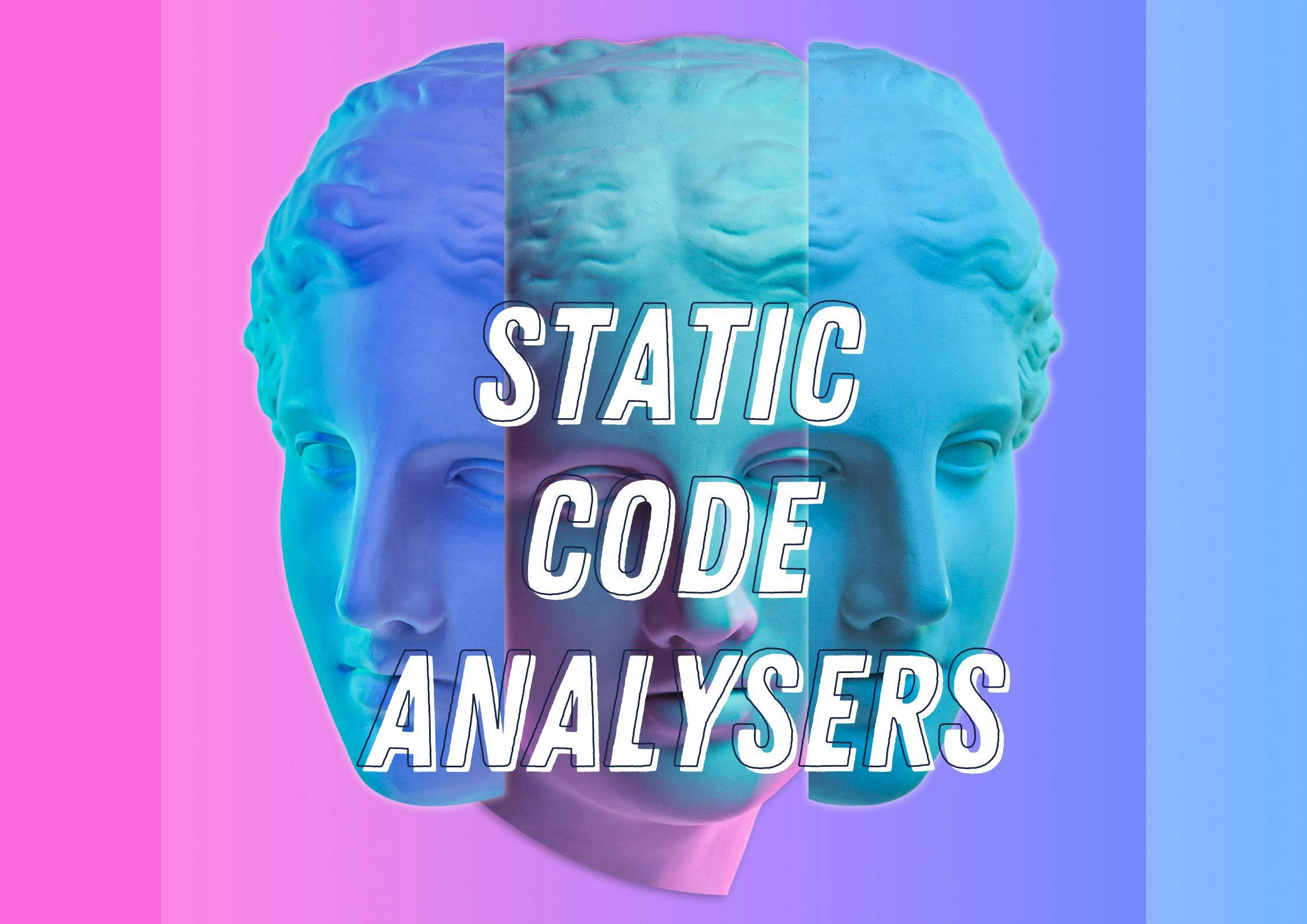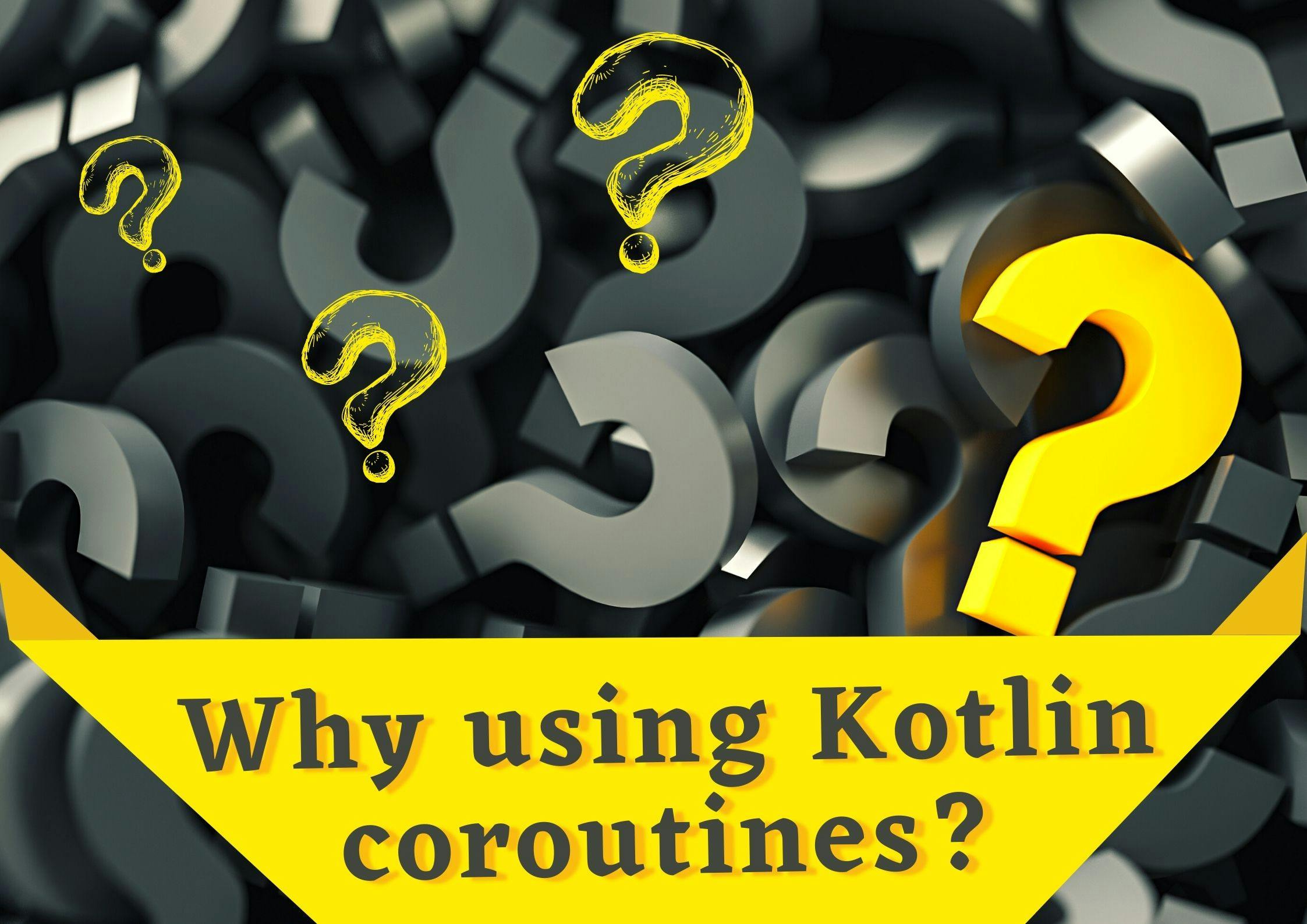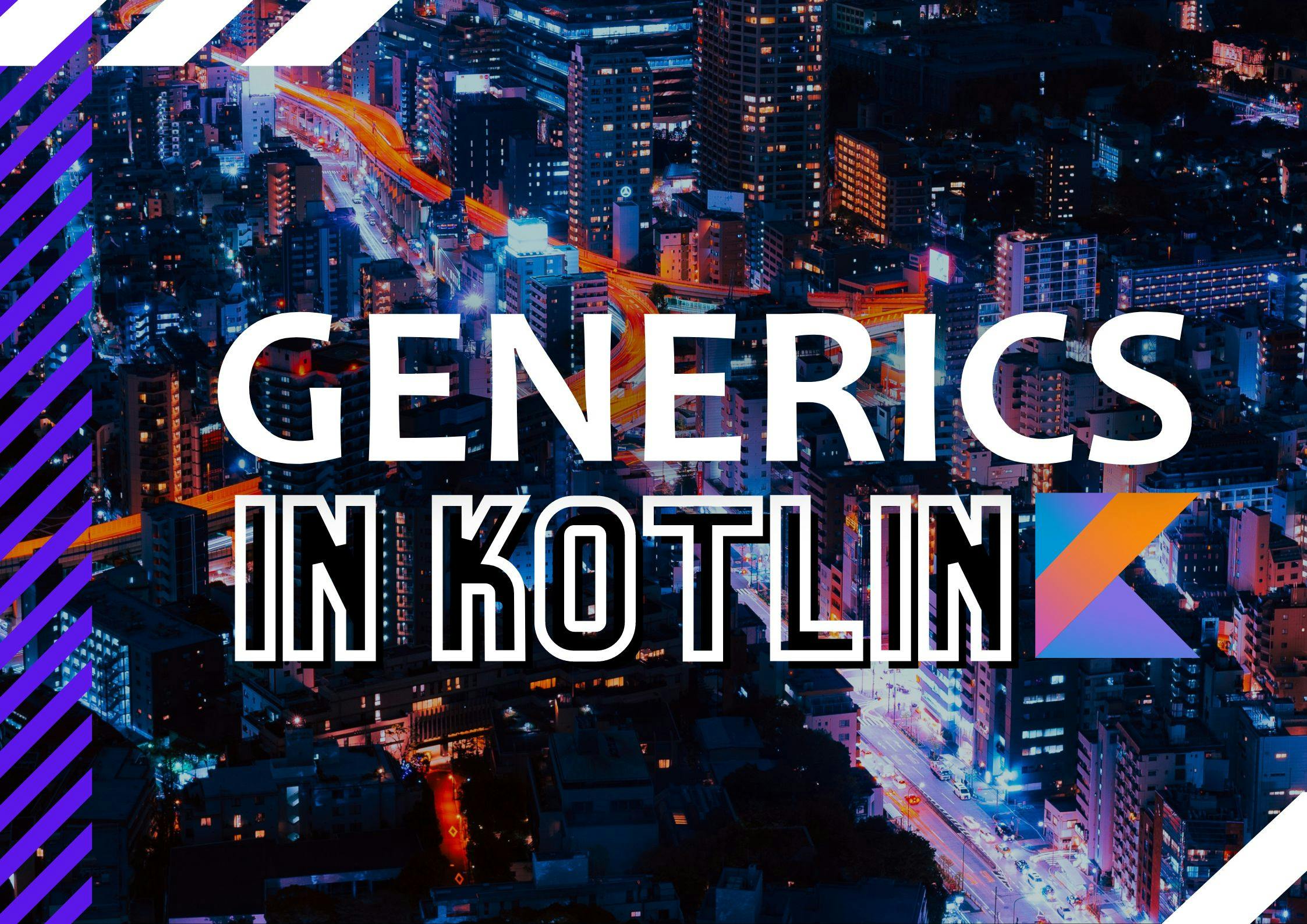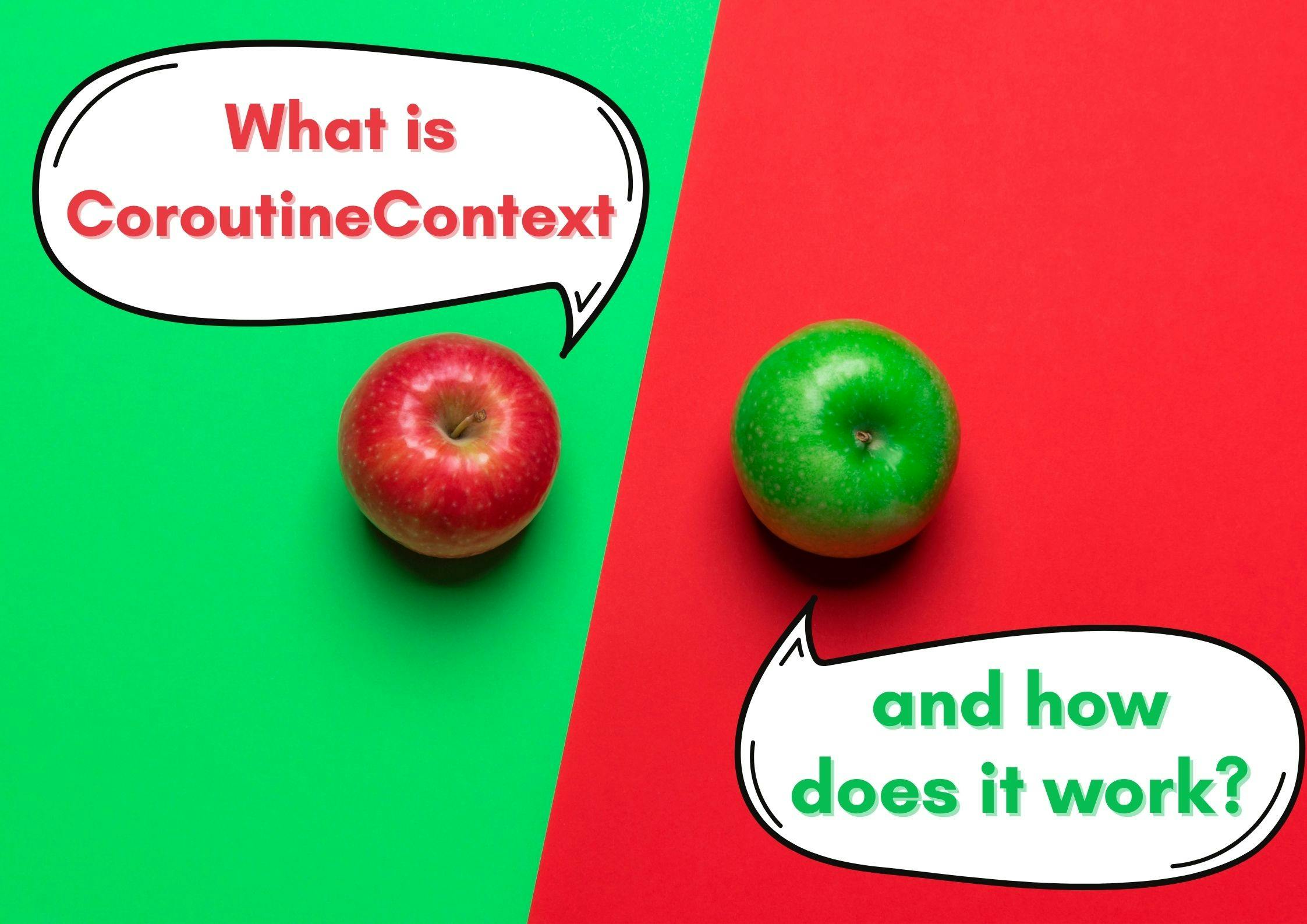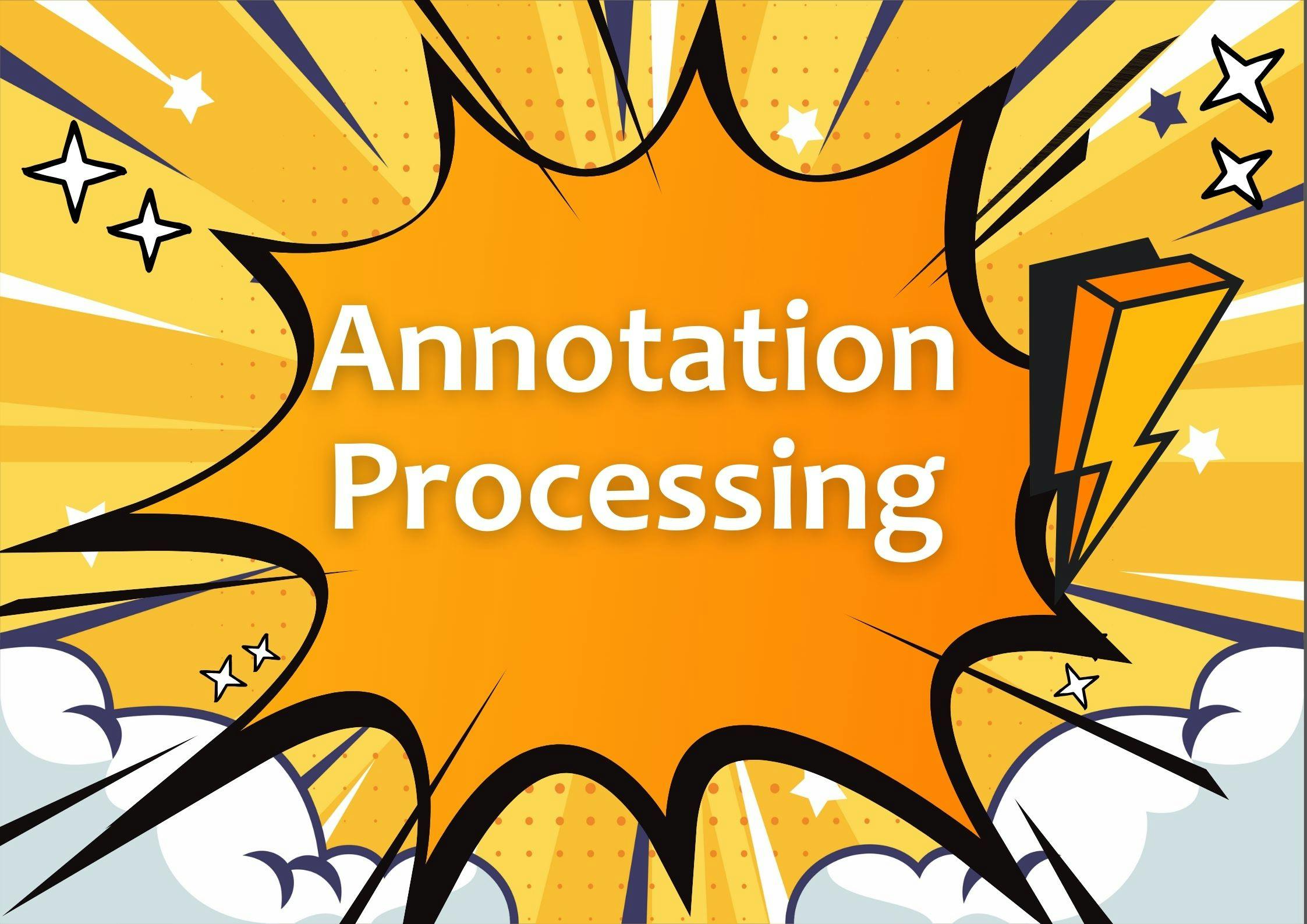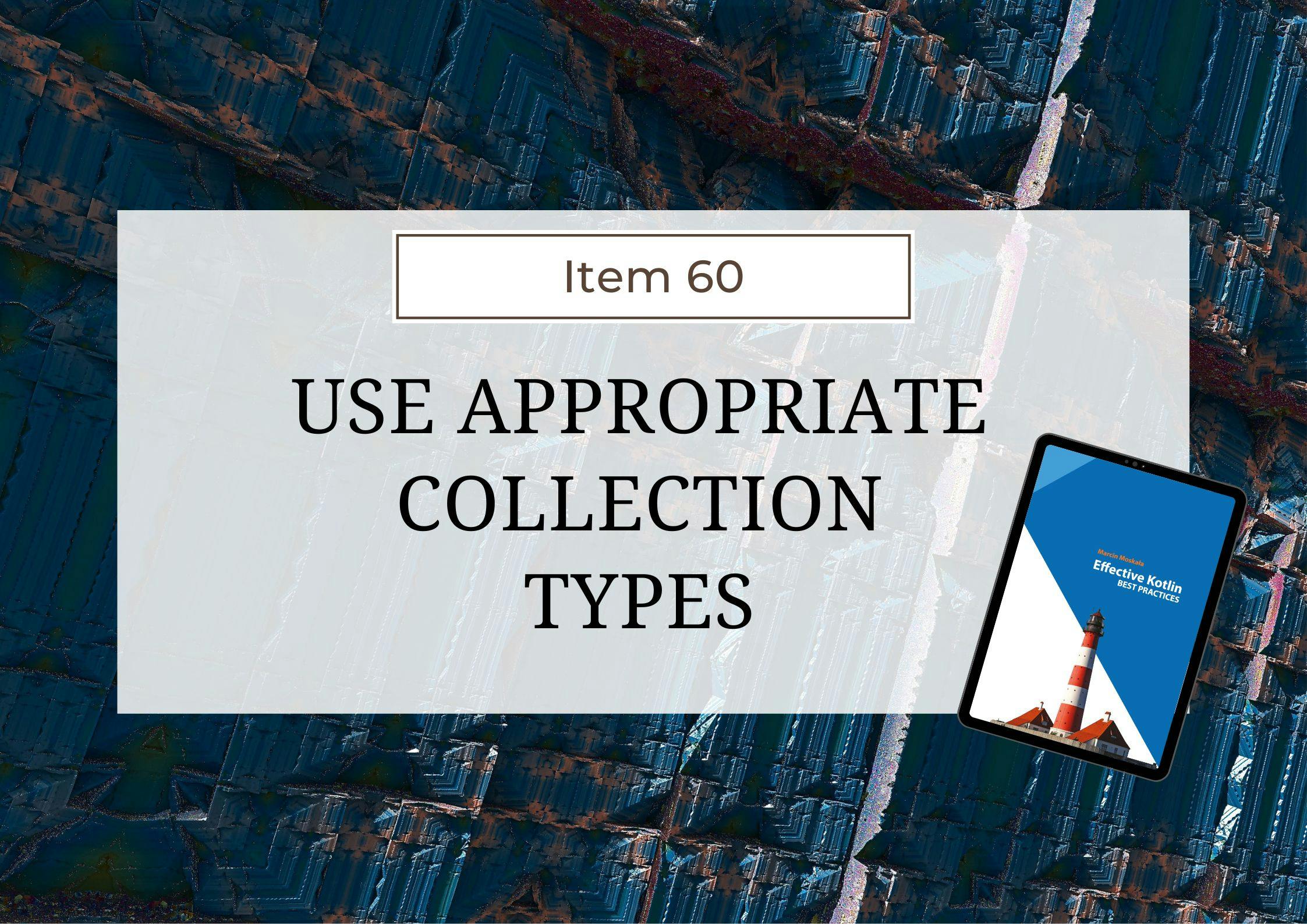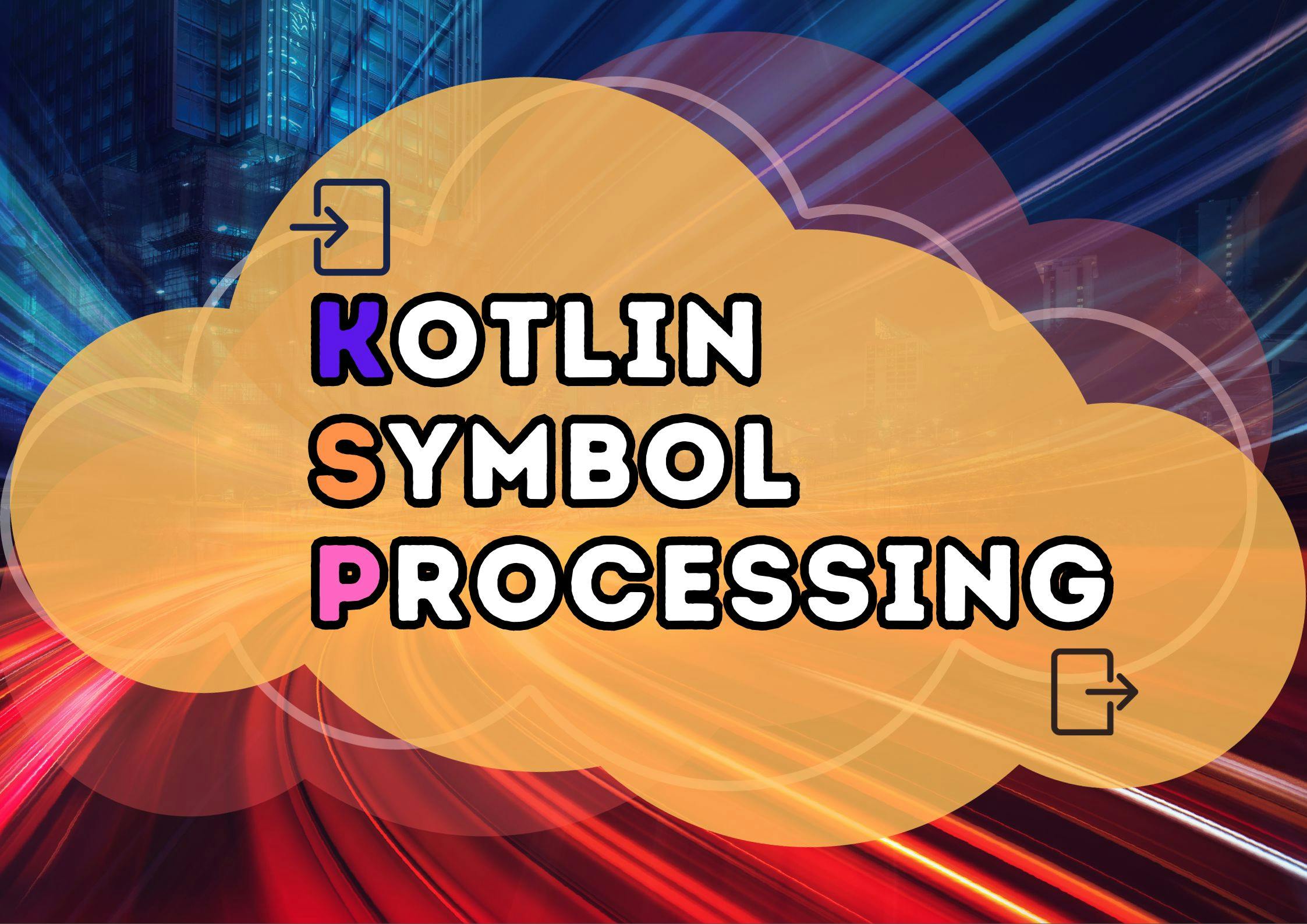Nicola
Nicola Corti is a Google Developer Expert for Kotlin. He has been working with the language since before version 1.0 and he is the maintainer of several open-source libraries and tools.
He's currently working as Android Infrastructure Engineer at Spotify in Stockholm, Sweden.
Furthermore, he is an active member of the developer community. His involvement goes from speaking at international conferences about Mobile development to leading communities across Europe (GDG Pisa, KUG Hamburg, GDG Sthlm Android).
In his free time, he also loves baking, photography, and running.
Published articles
Static Code Analysers
All you need to know about Static Code Analysers and Detekt.
Reviewed articles
Why using Kotlin Coroutines?
The explanation of why coroutines stand out and offer us what hasn't been offered by other technologies.
Job and children awaiting in Kotlin Coroutines
What Job is and how it is the most important context responsible for structured concurrency.
Kotlin Coroutines dispatchers
Where we should use each dispatcher from the Kotlin Coroutines library.
Cancellation in Kotlin Coroutines
Everything you need to know about the cancellation mechanism in Kotlin Coroutines.
What is CoroutineContext and how does it work?
A deep explanation of the coroutine context - the powerful data holder for coroutines.
Annotation Processing
Implement your first annotation processor in Kotlin.
Effective Kotlin Item 60: Use appropriate collection types
Using non-standard collection types to improve performance in Kotlin.
Kotlin Symbol Processing
All the essential aspects of KSP in practice.
